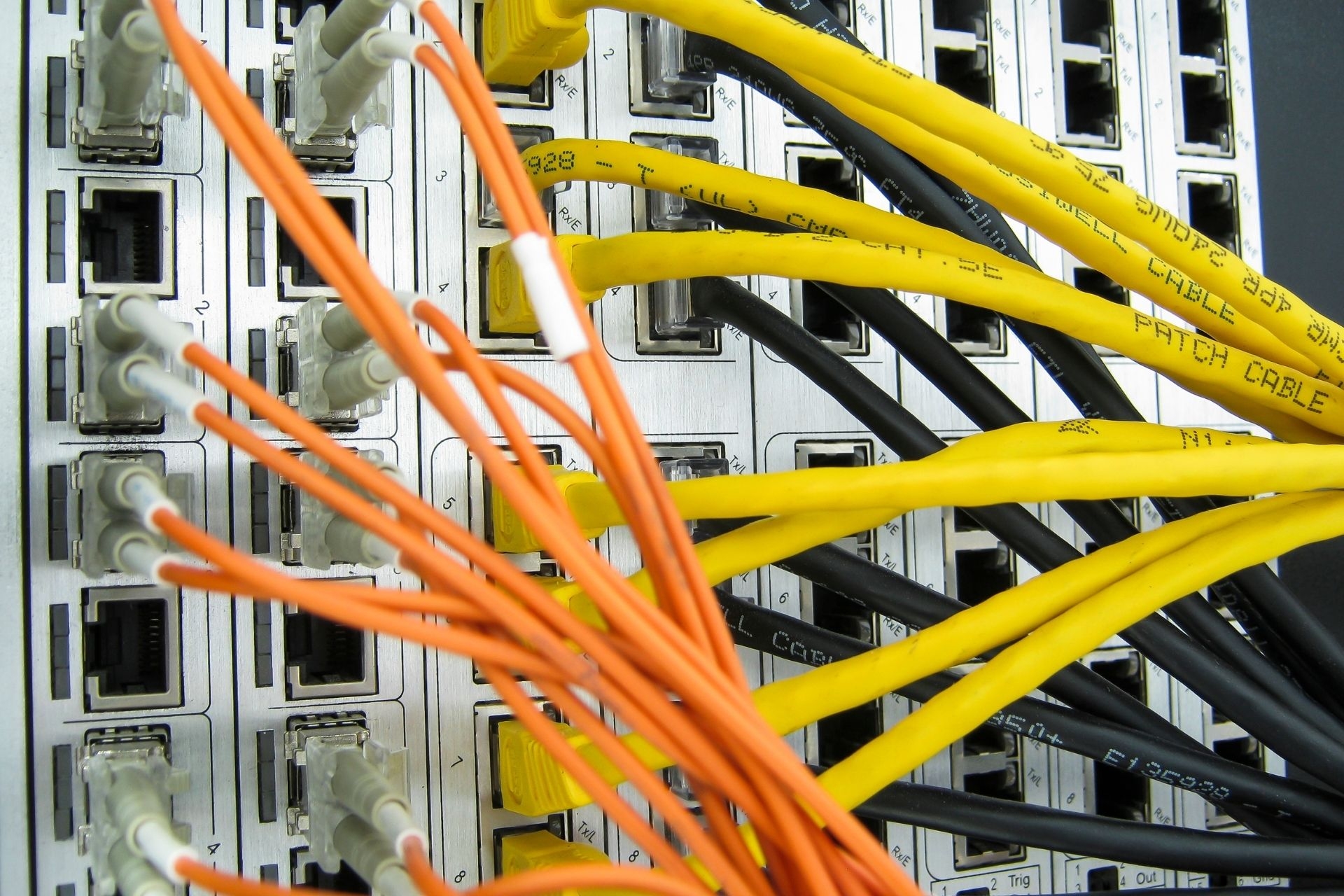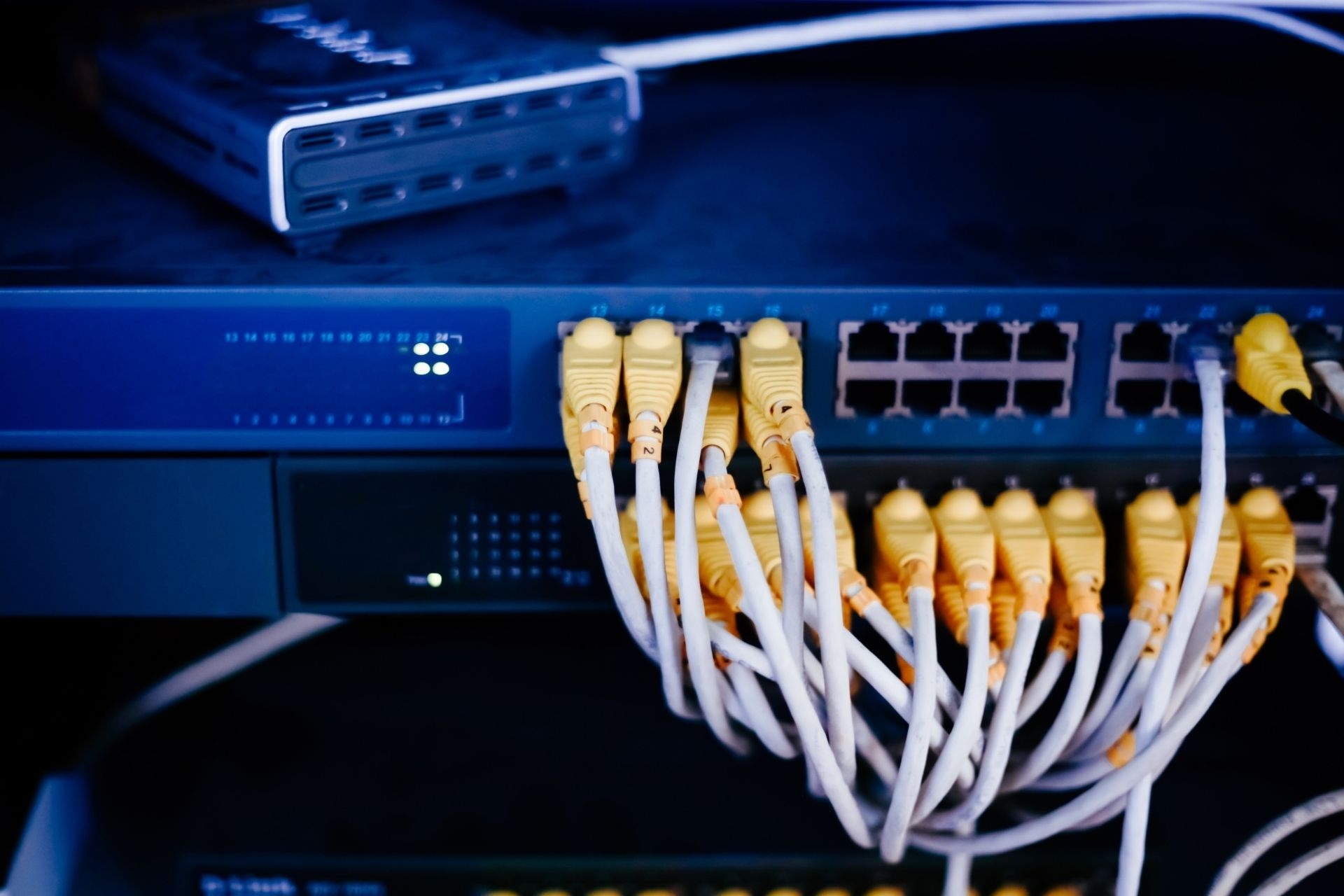Direct interconnections at Internet Exchange Points (IXPs) play a crucial role in enhancing network performance by reducing latency, improving bandwidth capacity, and increasing overall network efficiency. By establishing direct peering relationships at IXPs, network operators can bypass the need to route traffic through multiple intermediary networks, resulting in faster data transmission and lower packet loss. This direct interconnection also allows for more efficient routing paths, reducing the number of hops data packets need to take to reach their destination. Additionally, direct interconnections at IXPs enable networks to exchange traffic more cost-effectively, as they can avoid costly transit fees associated with routing traffic through third-party networks. Overall, direct interconnections at IXPs contribute to a more robust and reliable network infrastructure, ultimately leading to improved network performance for all interconnected parties.








